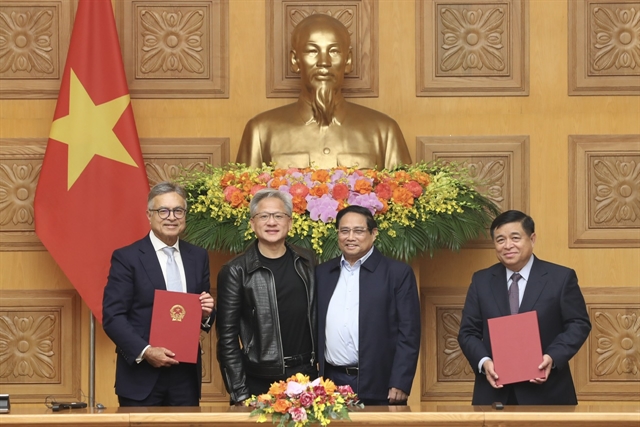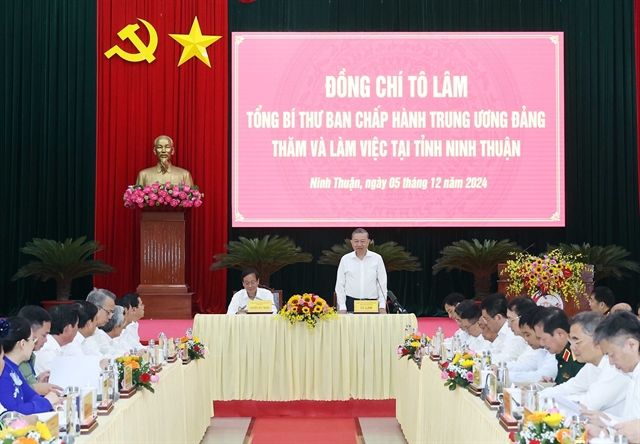

The US’s American Journal of case reports recently announced the world’s first successful application of bone marrow mononuclear cells transplant to treat bronchopulmonary dysplasia at the Vinmec Medical System in Hà Nội, Việt Nam.
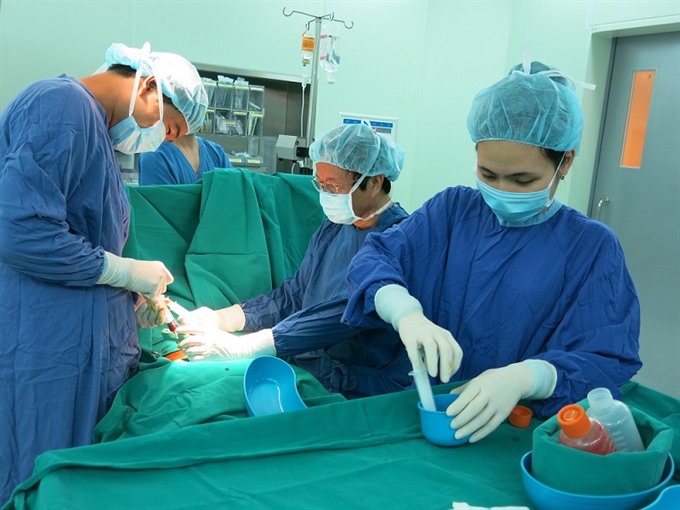 |
| Prof. Nguyễn Thanh Liêm and his team perform bone marrow mononuclear cells transplant to treat bronchopulmonary dysplasia at the Vinmec International Hospital in Hà Nội.— Photo coutesy of Vinmec Medical System |
HÀ NỘI — The US’s American Journal of case reports recently announced the world’s first successful application of bone marrow mononuclear cells transplant to treat bronchopulmonary dysplasia at the Vinmec Medical System in Hà Nội, Việt Nam.
Participants heard this at the first international conference on cell and gene therapy on Monday in Hà Nội.
The research project was conducted by a group of scientists of the Vinmec Stem Cell and Gene Institute, led by Prof. Nguyễn Thanh Liêm.
This specific case is a 30-week-old neonate with established bronchopulmonary dysplasia, an incurable disease. The baby faced high fatality risk due to repeated infections as a result of long-term machine respiration support.
Following 88 days of treatment at the National Children’s Hospital, the four-month-old patient was transferred to Vinmec International Hospital for consideration of stem cell transplant to improve his respiratory function.
Bone marrow was obtained from the patient’s iliac crests and the mononuclear cells were isolated by density gradient centrifugation method. Bone marrow mononuclear cells were delivered via endotracheal and intravenous routes.
Four week after the bone marrow mononuclear cells transplant, remarkable improvements were observed in oxygen saturation and lung CT, as the infant was gradually weaned off oxygen supply. The baby, currently 22 months old, is growing well compared with normal children.
“Traditional treatment methods could not completely treat bronchopulmonary dysplasia in premature babies. Bone marrow mononuclear cells transplant showed effective result in reducing lungs fibrosis and improving respiratory function of BPD,” Prof. Liêm said.
After the first case, the hospital also applied the method to successfully treat two other premature babies.
“We are researching and primarily receiving remarkable results in applying the stem cell transplant method to treat other complicated diseases, such as paralysis due to spinal column injury, knee joint regression, coronary thrombosis and diabetes, as well as cirrhosis and autism,” Prof. Liêm said.
Vinmec’s outstanding achievement marks a new milestone in the care and nurturing of premature babies that face many fatality risks due to complications of bronchopulmonary dysplasia.
According to the health ministry, Việt Nam reports some 100,000 premature babies yearly, of which between 30 and 80 per cent of weak 26-28 weeks premature babies faced fatality risk during their first two years due to bronchopulmonary dysplasia and infection. — VNS

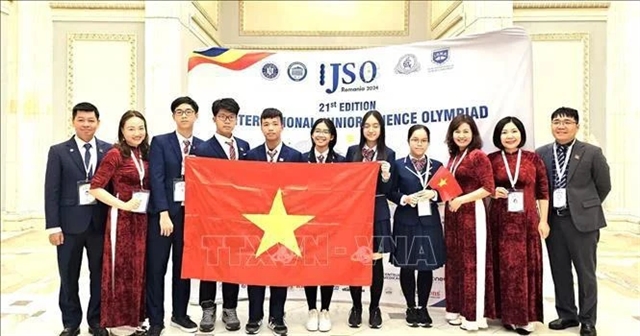
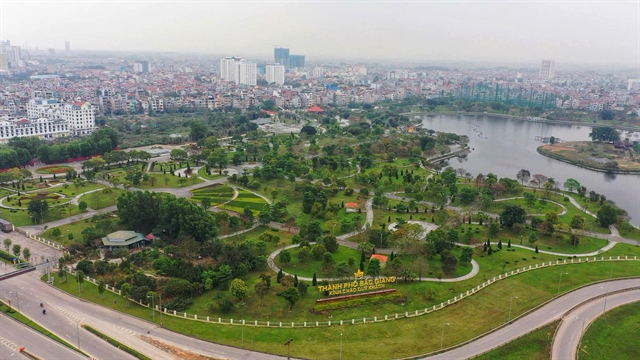
.jpg)

